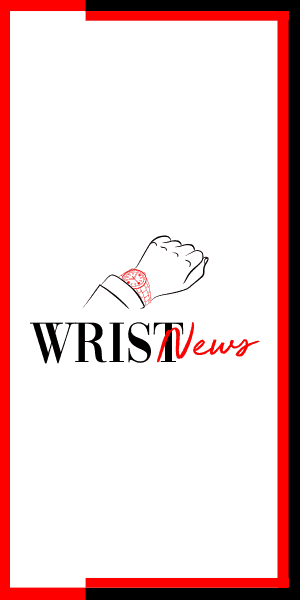Credits: Article and images by @ Quill & Pad. See the original article here - https://quillandpad.com/2023/06/25/living-beyond-your-means-as-a-collector-how-to-avoid-getting-hurt-reprise-3/
———————————————————————————————–
Buy classics you love: Note that I didn’t just say, “Buy the classics!” It would be a boring world indeed if we all owned the same pieces, but one central criterion for the “investment” portion of one’s watch portfolio is that the pieces in it be desirable to many others and therefore somewhat liquid and predictable in value.
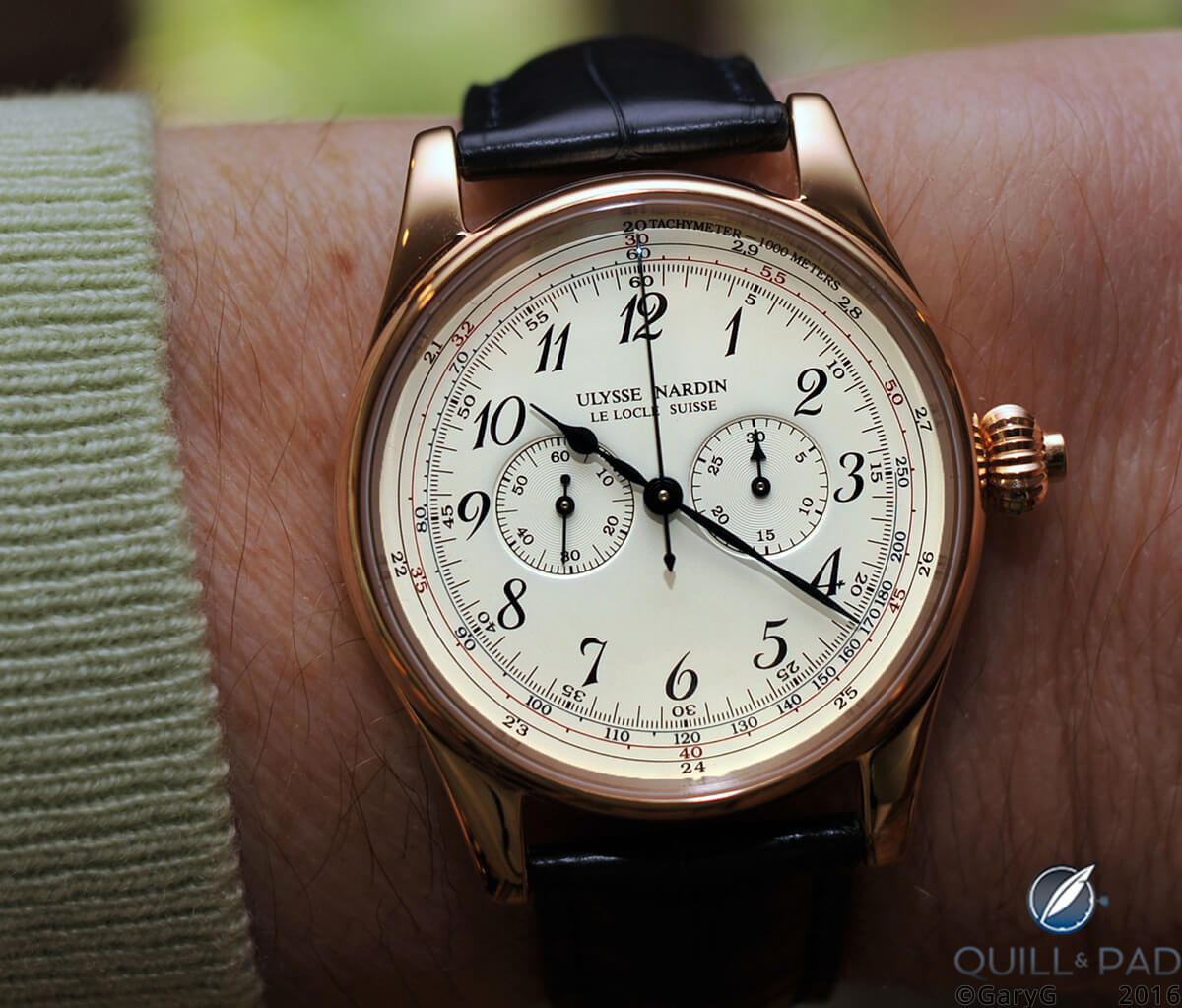

Affordable classic: Ulysse Nardin Monopusher Chronograph with F.P. Journe-designed movement on the author’s wrist
Within this category, find your passion at the same time you begin to consider long-term value. I owned an A. Lange & Söhne Datograph for several years before moving on to two “bigger” Lange chronographs: the Double Split and Datograph Perpetual.
When I finally bought a Rolex, it was the sought-after GMT-Master II “Batman” rather than a more obscure piece, and if I ever do buy an Audemars Piguet Royal Oak, it’s going to be that tasty 15202 “Jumbo” in stainless steel with the blue dial, not something like the Rodeo Drive Offshore or another cosmetic limited edition.
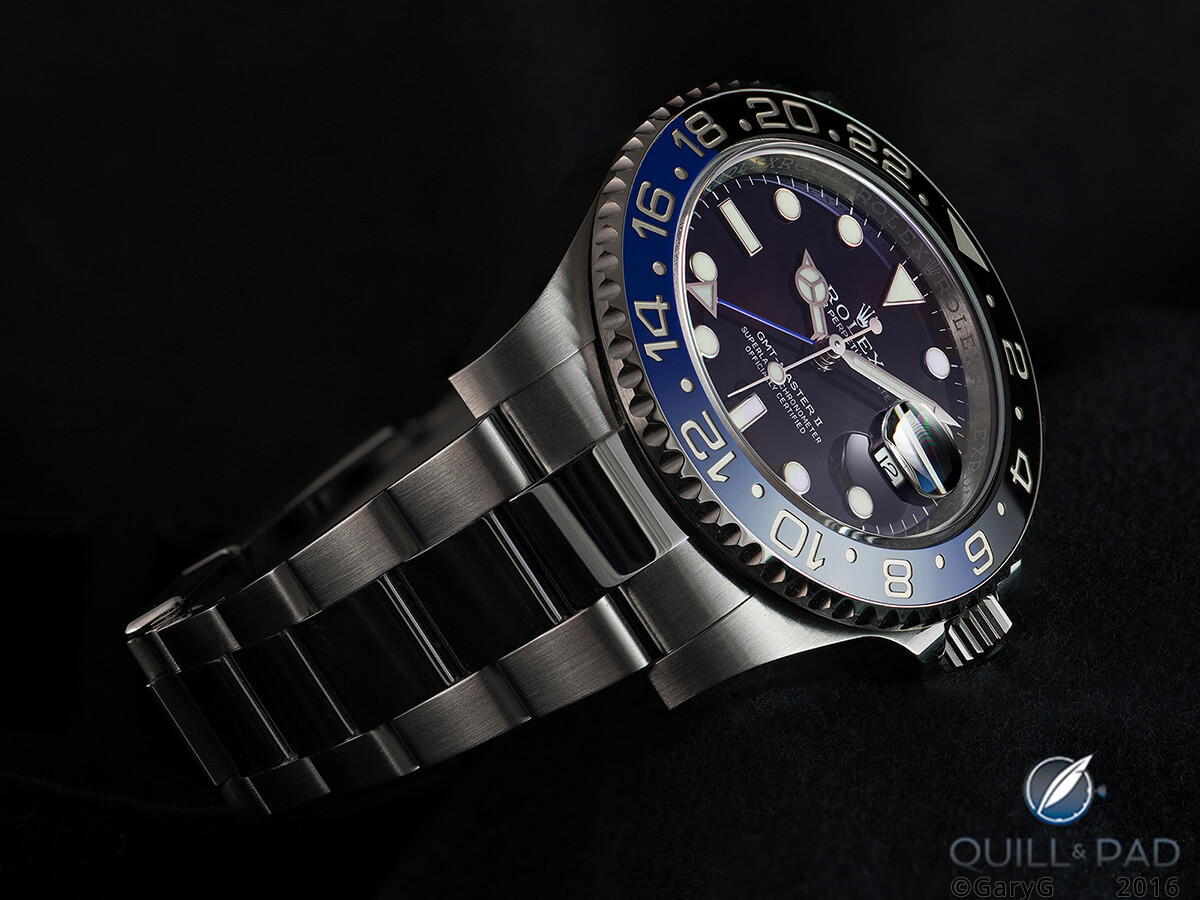

Mainstream value: the author’s Rolex GMT Master II BLNR “Batman”
Buy pre-owned: As my pal Larry says, “It’s going to be used when I sell it, so it might as well be used when I buy it.” As much as I love the feeling of owning a brand-new watch (and I do buy new pieces from both authorized retailers and independent watchmakers), my view is that I’m much less likely to get hurt if I’m buying watches with established resale price histories.
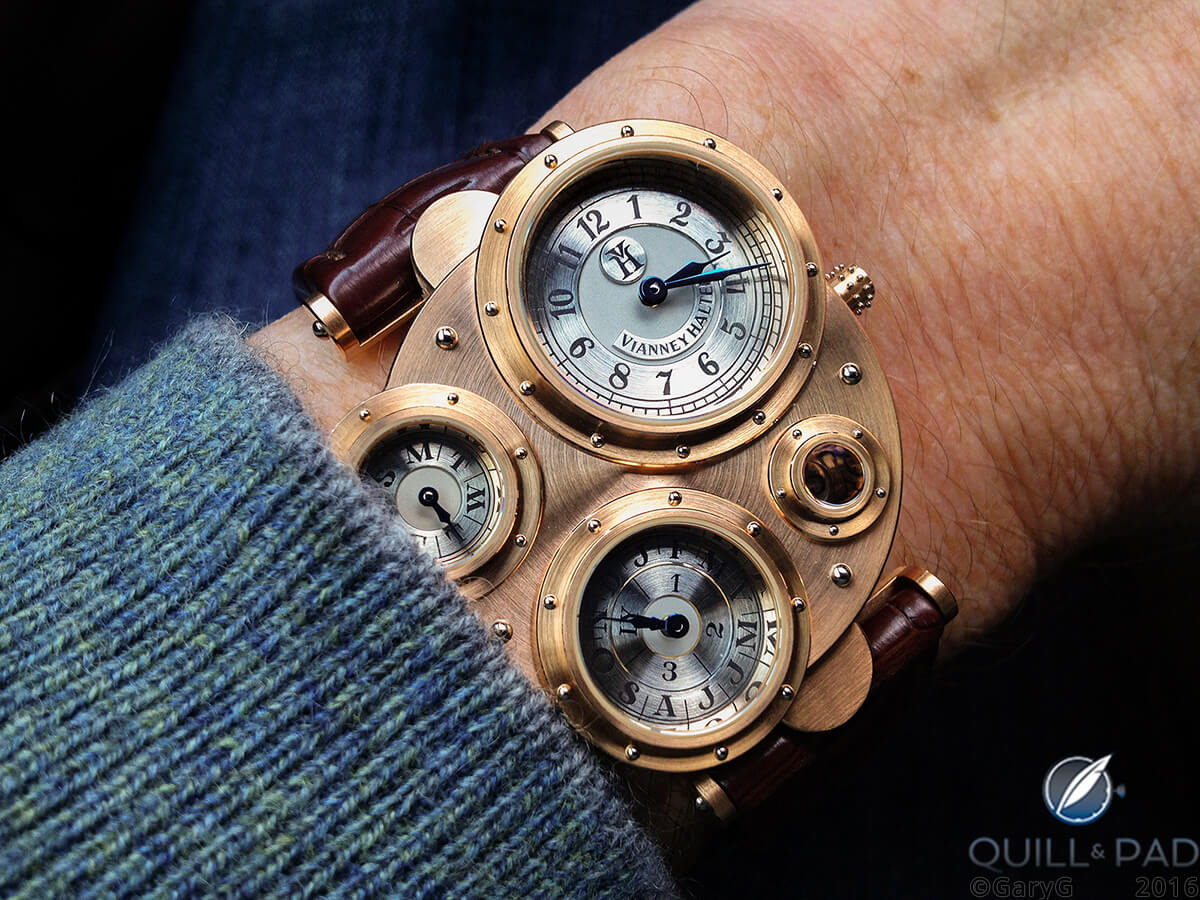

Bought pre-owned: the author’s Vianney Halter Antiqua
Bargain hard: Particularly in today’s environment, don’t be bashful! It stands to reason that the less you pay at the outset, the less likely you are to get hurt. And if you’re going to violate this rule by buying a boutique piece at full retail price, think hard about whether it’s truly an “investment” item or whether you should really be thinking about it as a more volatile “fun” expenditure.
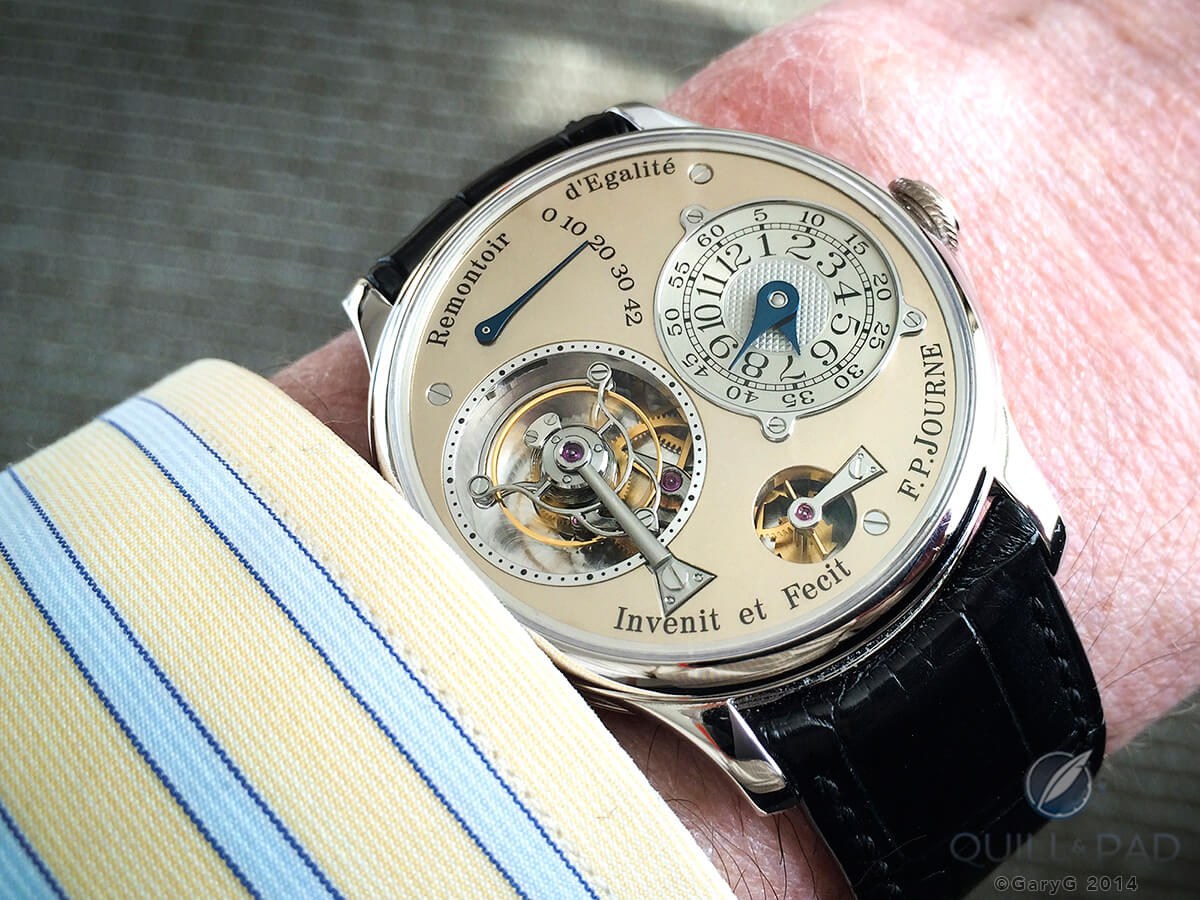

It’s good to have friends: the author’s early F.P. Journe Tourbillon Souverain, bought from a friend
Build your network: I have great friends who are private dealers and auction house members, but there are a lot of wonderful watches out there that still trade privately within networks of friends at zero sales commission. I can count a good dozen pieces that I’ve bought or sold that way, and among other things it’s a bit of innocent fun to bust the prior owner’s chops about a particularly great watch that you sweet-talked him into selling.
Masterclass: a few final tips
Wait out the cycles: It’s not a universal phenomenon, but I’ve observed that a great many desirable watches follow a predictable price trajectory over time. At launch, there’s a lot of excitement and a wave of initial purchases. After a period of months to a year, some early owners get antsy and want to sell, often at somewhat depressed prices: this provides a good buying opportunity.
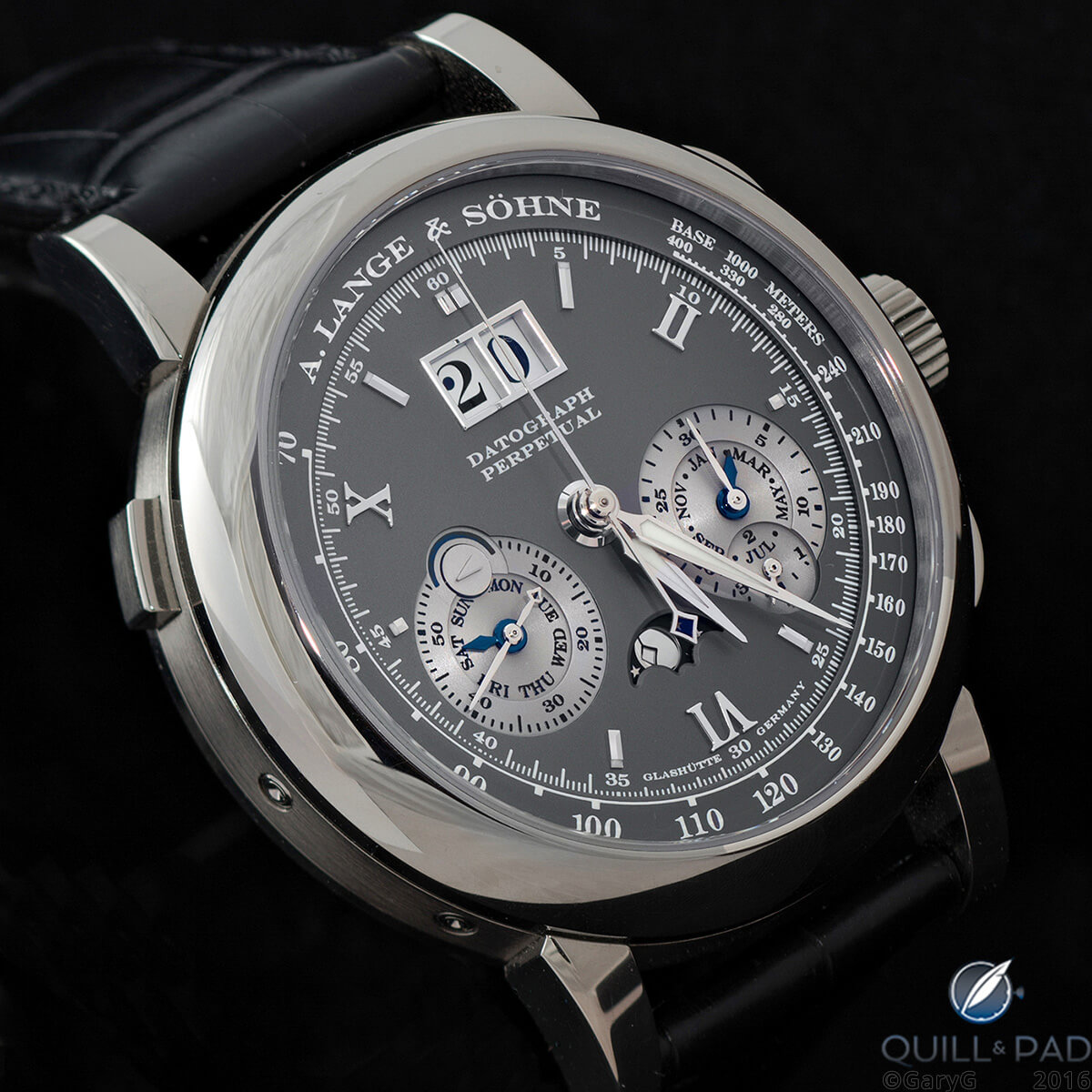

Wait them out: the author’s A. Lange und Söhne Datograph Perpetual
Over time, certain watches become sought-after in the pre-owned market, and values march upward as demand exceeds supply. But then there’s a subsequent downward trend before a semblance of equilibrium sets in.
Good examples of this pattern are provided by the F.P. Journe Vagabondage I, which had a pre-owned value of more than $90,000 in its heyday but has now softened considerably, and the A. Lange & Söhne Datograph Perpetual, which for a while couldn’t be found pre-owned for less than $100,000.
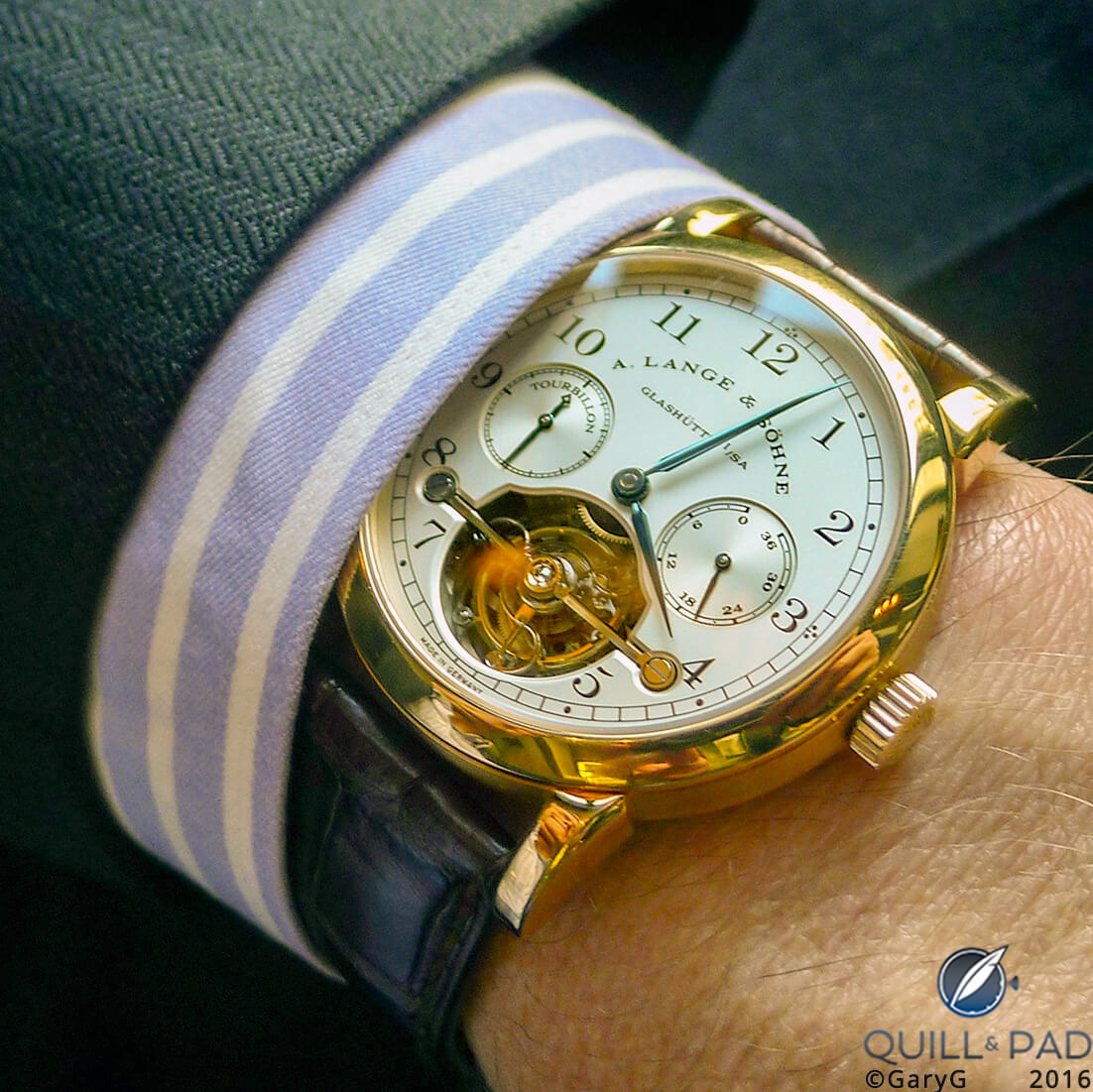

One that got away: A. Lange & Söhne Pour le Mérite Tourbillon
It is possible to wait too long and miss the boat as prices continue to rise, as I did with the original A. Lange & Söhne Pour le Mérite Tourbillon, but remember: the goal here is avoiding pain, not speculating for profit.
Buy quality: I recently had the opportunity to buy a somewhat dinged-up example of a complicated Patek Philippe reference I’ve lusted after for some time at a mouth-watering price, but ultimately passed to continue my search for a mint-condition piece.
We’ve seen that at the high end of the vintage watch market, a great example often sells at multiples of what a less correct piece will draw; my sense is that this will also apply to watches in the expensive-but-not-stratospheric range in the years ahead. Opting for quality with these pieces, in my opinion, will reduce the risk of getting hurt despite the higher acquisition price.
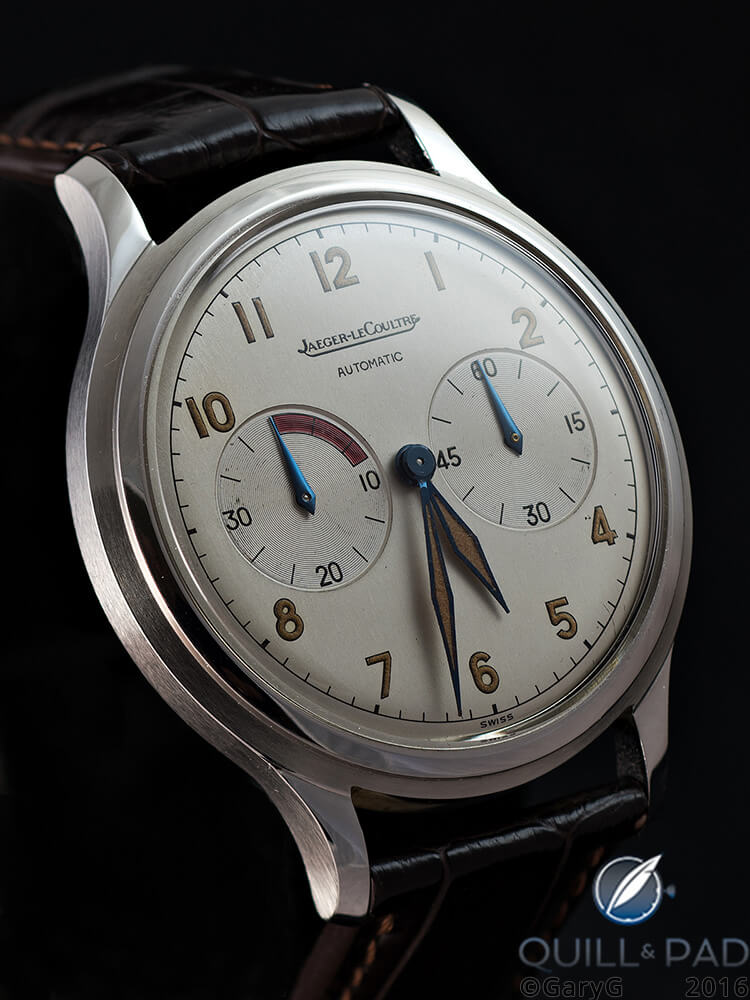

A few dollars more, but worth it: the author’s near-mint Jaeger-LeCoultre Futurematic
If you do buy at auction, by all means do your best to view the watches in person: one person’s “near mint” is another’s “chewed up,” and while miracles can be had through restoration, given the choice I’d opt for buying mint and wearing with care.
Finally, trust your tastes! If you’ve been collecting for decades and been through the wars, your sense of your own desires and the tastes of like-minded collectors should be pretty strong. Take advantage of that to buy emerging classics (for me watches like the Vianney Halter Antiqua and early F.P. Journe Tourbillon Souverain) or to extend your patronage portfolio a bit more toward deserving creators.
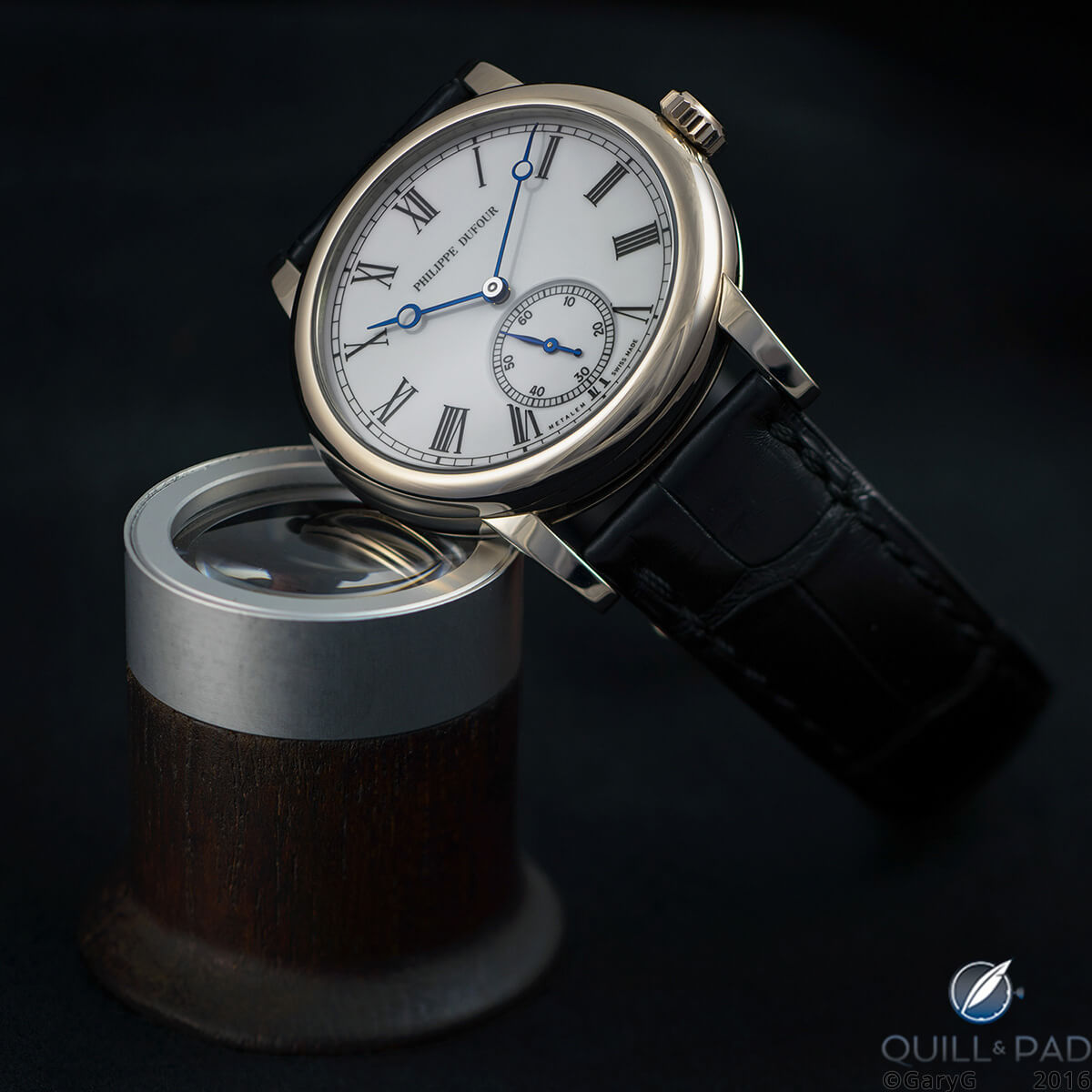

If you get hurt on this one call me: Philippe Dufour Simplicity
Getting hurt hurts! But with careful attention to your portfolio of watches you can enjoy more and worry less.
* This article was first published on October 8, 2016 at Living Beyond Your Means As A Collector: How To Avoid Getting Hurt.
You may also enjoy:
Mothers Of Invention: Behind The Lens With Invention Pieces 1 And 2 By Greubel Forsey
Credits: Article and images by @ Quill & Pad. See the original article here - https://quillandpad.com/2023/06/25/living-beyond-your-means-as-a-collector-how-to-avoid-getting-hurt-reprise-3/










